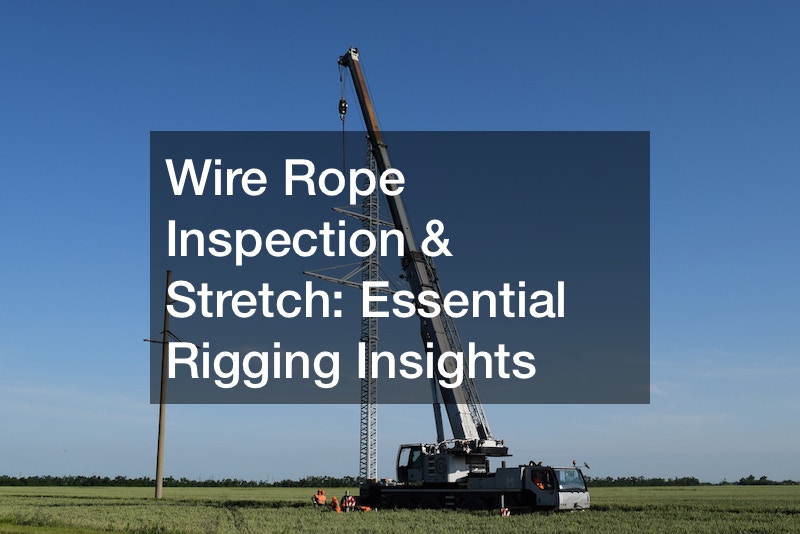Wire ropes play a pivotal role in rigging, measured by length and diameter, with diameter assessed at the widest point. New ropes undergo construction stretch upon initial use, a natural phenomenon where they expand. Most experts expect approximately six inches of stretch per 100 feet of wire rope. For instance, 400 feet of wire rope on a crane could reach about 402 feet after initial use due to this stretch.
Efficient wire rope inspection is crucial for safety and operational integrity. Understanding these inspections ensures early detection of potential issues, preventing accidents and minimizing downtime.
Routine examinations should include visual checks for signs of wear, corrosion, or distortion, complemented by more detailed inspections utilizing testing methods like magnetic particle inspection or ultrasound.
Rigging professionals recognize the significance of wire rope maintenance and inspection protocols. These practices extend the lifespan of wire ropes, optimize equipment performance, and enhance workplace safety. Comprehending the construction stretch phenomenon aids in proper installation planning, allowing for adjustments in rope length to accommodate potential elongation during initial use.
The integration of meticulous wire rope and rigging inspection protocols into operational procedures is essential for businesses relying on rigging equipment. Embracing these insights ensures a safer working environment, reduced equipment downtime, and sustained productivity, emphasizing the importance of proactive maintenance and monitoring in the realm of business-oriented rigging applications.
.


